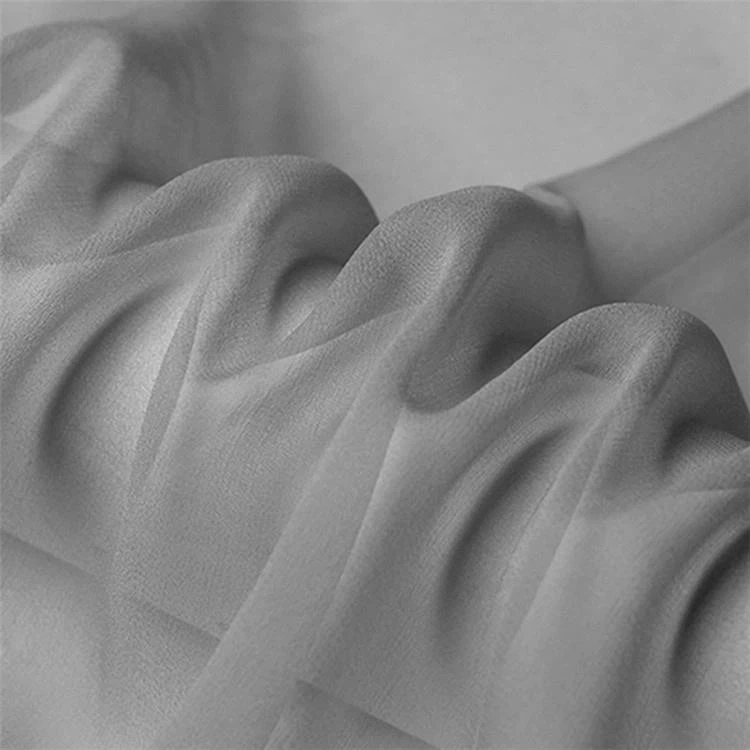Physical Address
304 North Cardinal St.
Dorchester Center, MA 02124
Physical Address
304 North Cardinal St.
Dorchester Center, MA 02124

In the ever-evolving world of textiles, Tencel fabric has emerged as a true game-changer, captivating the hearts of both consumers and designers alike. Renowned for its exceptional properties and eco-friendly credentials, Tencel has become a staple in the fashion and textile industry, offering a perfect blend of comfort, performance, and sustainability.
One of the key attributes that sets Tencel fabric apart is its outstanding hygroscopicity. This means that it has the remarkable ability to absorb moisture from the skin, keeping the wearer dry and comfortable even in the most humid conditions. Whether you’re sweating during a workout or simply going about your daily activities, Tencel fabric ensures that you stay cool and fresh, making it an ideal choice for activewear, underwear, and other tight-fitting clothes.
In addition to its moisture-wicking properties, Tencel fabric also offers unparalleled comfort. Its soft, smooth texture feels gentle against the skin, providing a luxurious and indulgent wearing experience. Unlike some synthetic fabrics that can feel scratchy or uncomfortable, Tencel fabric is incredibly breathable, allowing air to circulate freely and preventing the build-up of heat and sweat. This makes it perfect for all-day wear, whether you’re running errands, sitting at your desk, or lounging at home.
Another notable feature of Tencel fabric is its excellent drape and stiffness. This gives garments made from Tencel a beautiful, flowing silhouette that flatters the body and enhances the overall look and feel of the clothing. Whether it’s a flowing dress, a pair of tailored pants, or a stylish blouse, Tencel fabric drapes elegantly, creating a polished and sophisticated appearance. Additionally, Tencel fabric has good stiffness, which helps to maintain the shape of the garment and prevent it from wrinkling or losing its form over time.
Tencel fabric also boasts exceptional dyeability, allowing it to be transformed into a wide range of vibrant colors and patterns. This makes it a popular choice for designers who want to create unique and eye-catching clothing. Whether you prefer bold, bright hues or subtle, muted tones, Tencel fabric can be dyed to suit your personal style and preferences.
One of the most impressive aspects of Tencel fabric is its versatility. It can be blended with a variety of other fibers, including cotton, wool, linen, nitrile, and polyester, to create fabrics with a wide range of properties and characteristics. This allows designers to create garments that are tailored to specific needs and applications, whether it’s a lightweight and breathable summer dress or a warm and cozy winter coat. Tencel fabric can also be spun into various types of yarns, including ring-spun, air-jet, and core-spun, giving designers even more options and creative freedom.
The development of Tencel fabric is a testament to the power of innovation and sustainability. It was developed by the British company Acordis over a period of ten years, and it wasn’t until the 1990s that it was finally ready for commercial application. Since then, Tencel has gained widespread recognition and popularity, becoming one of the most sought-after fabrics in the world.
In May 2004, after the merger of Lanjing Company, the production of Tencel fabric was unified, further enhancing its quality and consistency. Today, Tencel is produced in state-of-the-art facilities using the latest technology and manufacturing processes, ensuring that it meets the highest standards of quality and sustainability.
What truly sets Tencel fabric apart from other textiles is its commitment to the environment. Tencel is made from wood pulp, which is a renewable resource that can be continuously and naturally regenerated. The wood is sourced from sustainably managed forests, ensuring that the production of Tencel fabric has a minimal impact on the environment.
The production process of Tencel fabric is also highly sustainable. It uses a spinning process to dissolve the wood pulp in an ammonium oxide solvent and then directly spin it into fibers. This process is completely completed under physical action, without the use of any harmful chemicals or dyes. The ammonium oxide solvent is then recycled and reused, with a recovery rate of more than 99%. This means that very little waste is generated during the production of Tencel fabric, making it one of the most environmentally friendly textiles available.
In addition to its sustainable production process, Tencel fabric is also biodegradable. This means that it can be broken down by natural processes over time, without causing any harm to the environment. Unlike synthetic fabrics that can take hundreds of years to decompose, Tencel fabric will break down within a matter of months or years, depending on the environmental conditions. This makes it a great choice for consumers who are looking for ways to reduce their environmental impact and make more sustainable choices.
Due to its exceptional properties and eco-friendly credentials, Tencel fabric has been awarded the international green environmental protection certificate. This is a testament to its commitment to sustainability and its efforts to minimize its impact on the environment. When you choose Tencel fabric, you can be confident that you’re making a responsible choice that is good for both you and the planet.
In conclusion, Tencel fabric is a truly remarkable textile that offers a perfect blend of comfort, performance, and sustainability. Its outstanding hygroscopicity, comfort, drape, and stiffness make it an ideal choice for a wide range of clothing and textile applications. Its versatility and dyeability allow designers to create unique and eye-catching garments, while its eco-friendly production process and biodegradability make it a great choice for consumers who are looking for ways to reduce their environmental impact. Whether you’re a fashion-conscious consumer or a designer looking for a sustainable fabric option, Tencel fabric is definitely worth considering.